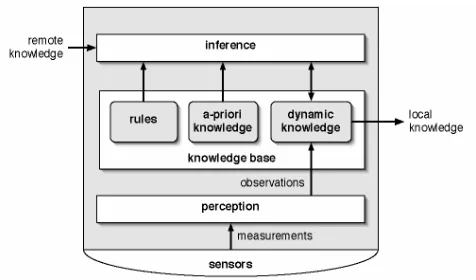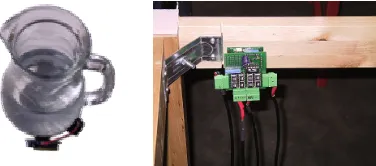Using Cooperative Artefacts as a Basis for Activity Recognition
Full text
Figure




Related documents
This study was an exploration of the lived experiences of those who have been exposed to a particularly overt type of racism, during a particular historical era in the US;
Using a functional inequality, the essential spectrum and eigenvalues are estimated for Laplace-type operators on Riemannian vector bundles.. Consequently, explicit upper bounds
The proposed buck-type power factor correction converter improves power density by eliminating the high-voltage step-down dc-dc conversion stage, which is typically cascaded
3 Lactate utilization genes in identified species of known genome sequences with corresponding protein domains: FAD‑dependent lactate dehydrogenase (GlcD domain)
[r]
(2007, cited in Meuwissen et al., 2018; Mandryk et al., 2012 cited in Meuwissen et al., 2018) state that in addition to indicator variables, a comprehensive resilience analysis of
People with neuromuscular disease such as post-polio often need help with breathing because the respiratory muscles are weakened or paralyzed.. Often the chest wall is stiff

